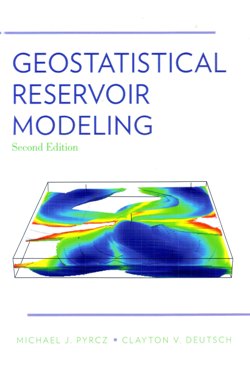 Realistic estimates of the size and productivity of any oil or gas asset are essential for reservoir management decisions and minimising economic risk. An important estimation process in such forecasting or comparison of different hydrocarbon recovery schemes and their economics is reservoir numerical modelling.
Realistic estimates of the size and productivity of any oil or gas asset are essential for reservoir management decisions and minimising economic risk. An important estimation process in such forecasting or comparison of different hydrocarbon recovery schemes and their economics is reservoir numerical modelling.
Reservoir models use the physically significant features that characterise the geologic, geochemical, and petrophysical controls of fluid flow. The needed data acquisition begins with field discovery through to the last phases of production and abandonment, but always direct knowledge of a reservoir is limited to a few drillholes. In general, the large-scale features are most critical for the prediction of reservoir flow performance, and small-scale geological details summarized in effective properties at a larger scale. However all numerical models would be found in error if the interwell volume were excavated and exhaustive measurements taken: there is always uncertainty.
The estimates of the data distributions if honed by statistical insights can be more convincing. Geostatistics uses the geological origins of the data and how they vary in space and/or time. Using these statistically generated interpretations alternative numerical models, (realisations), can be generated. The response of these realisations of the reservoir, to, for example, time to water breakthrough, can be combined in a histogram as a model of uncertainty - geostatistical modelling.
This book, Geostatistical Reservoir Modeling, of 433 pages and six chapters by Clayton Deutsch and Michael Pyrcz, describes how geostatistical reservoir modelling can contribute to making informed decisions by building and using numerical geological models of petroleum reservoirs which include geostatistical considerations.
The book, beautifully prepared and illustrated, details the practice, the tools and the techniques, focuses on the concepts and some important algorithms and examples from real reservoirs to illustrate the techniques. It uses work flow charts to summarise the operations. The actual software programmes are not given, but there is a list of sources where they can be found. Emerging developments are identified and briefly described. A glossary of relevant geostatistical terms and notation is given as is an excellent bibliography which provides a valuable resource for deeper detail, theory or software. The bibliography shows that the authors are pioneers in the subject and have contributed significantly. Finally there is an index.
Geostatistical Reservoir Modeling would be a beneficial read for the practitioner wanting to understand the geostatistical tools and their usage in modern commercial programmes. It would be a good advanced undergraduate or graduate class text on modern reservoir characterisation and statistical modelling.
Reviewed by Richard Dawe
GEOSTATISTICAL RESERVOIR MODELING - 2ND EDITION
MICHAEL J PYRCZ & CLAYTON V DEUTSCH
Published by Oxford University Press, 2014, 433pp
ISBN 978-0-19-973144-2
List price £64.00 hbk
www.oup.com/uk